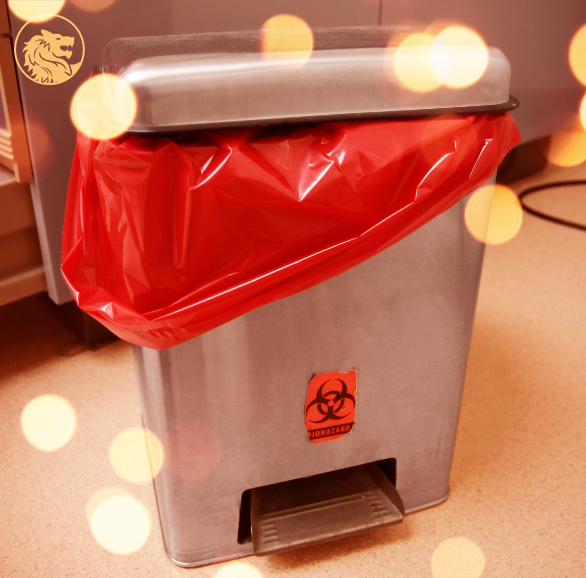
04 Mar OSHA Reveals 2023 Top Safety Violations for Nursing & Residential Care Facilities
The Occupational Safety and Health Administration (OSHA) keeps records not only of the most frequently cited standards overall, but also within particular industries. The most recent statistics from OSHA reveal the top standards cited in the fiscal year 2023 for the nursing and residential care industry. This top 10 list comprises establishments that provide residential care combined with either nursing, supervisory or other types of care as required by the residents. In this subsector, the facilities are a significant part of the production process and the care provided is a mix of health and social services with the health services being largely some level of nursing services.
| Description of Violation | Cited Standard Number | ACV* |
| 1. Bloodborne Pathogens – This standard refers to the prevention of occupational exposure to blood or other potentially infectious materials. Requirements include exposure control, training and compliance, vaccination evaluations and follow-up, hazard communication and recordkeeping. | 29 CFR 1910.1030 | $3,294 |
| 2. Respiratory Protection – This standard refers to respirators use to protect employees from hazardous substances. Requirements of this standard include a written program, selection of respirators, medical evaluations, fit testing, safe operating procedures and training. | 29 CFR 1910.134 | $2,233 |
| 3. Hazard Communication – This standard refers to the UN Globally Harmonized System of Classification and Labeling of Chemicals. Requirements include developing and implementing a program, recordkeeping, labeling and training. | 29 CFR 1910.1200 | $1,971 |
| 4. General Electrical Requirements – This standard refers to the practice of examining, installing and using electrical equipment of different types, sizes, voltage and current capacity. Requirements include specifications for electrical connections, terminals, guarding live parts and working with 600 volts. | 29 CFR 1910.303 | $2,093 |
| 5. Electronic Submission of Employer Identification Number (EIN) and Illness/Injury Records to OSHA – This standard refers to the requirements for annual submission of the OSHA 300A logs. The requirements include who needs to submit the reports. | 29 CFR 1904.41 | $1,410 |
| 6. General Personal Protective Equipment (PPE) Requirements – This standard refers to providing, managing and maintaining the proper personal protective equipment for employees. Requirements include identifying required PPE, maintenance, sanitation, replacement and training. | 29 CFR 1910.132 | $1,872 |
| 7. Wiring Methods, Components and Equipment for General Use – This standard refers to the practice of using the proper methods when wiring different setups. Requirements include following proper methods for temporary wiring, cable trays, electrical cabinets and switches. | 29 CFR 1910.305 | $3,232 |
| 8. OSHA Forms – This standard refers to the OSHA 300, 300-A and 301 forms. Requirements include implementing the records and maintaining them, and protecting privacy. | 29 CFR 1904.29 | $928 |
| 9. Reporting Fatalities, Hospitalizations, Amputations and Losses of an Eye – This standard covers types of injuries that require OSHA reporting. Fatalities must be reported within 8 hours, and hospitalizations, amputations and eye loss must be reported within 24 hours. | 29 CFR 1904.39 | $6,262 |
| 10. Medical Services and First Aid – Medical services must be available in the event an employee is injured. Requirements include the provision of first-aid supplies by employers and training employees to be first-aid certified. | 29 CFR 1910.151 | $2,637 |
*ACV (Average Cost per Violation) – The dollar amount represents the average cost per violation that employers in this industry paid in 2023. To understand the full capacity and scope of each standard, click on the standard number to visit www.osha.gov and view the language in its entirety. Source: OSHA.gov .
Provided by: Barrow Group, LLC




Sorry, the comment form is closed at this time.